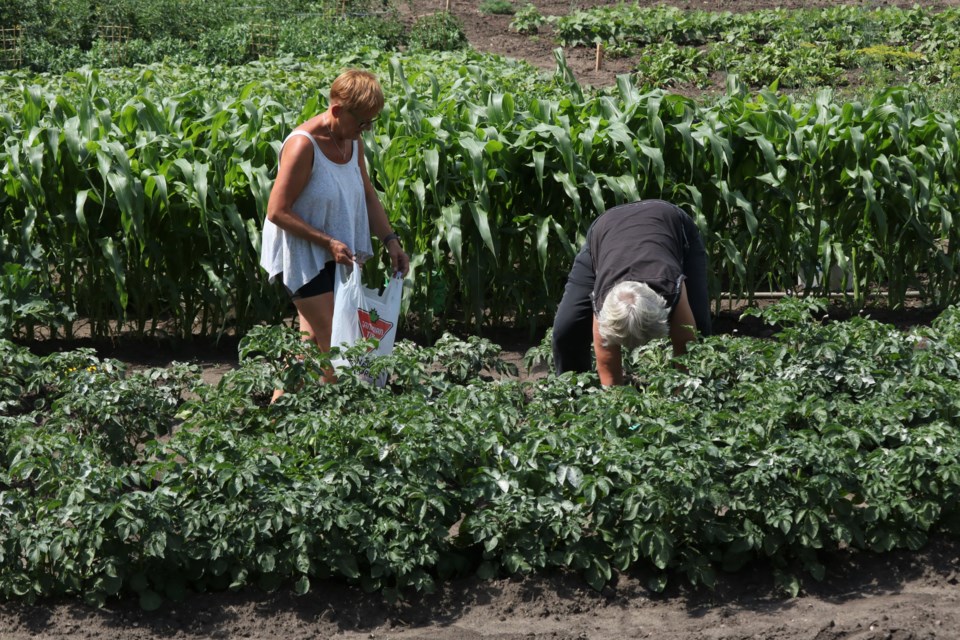YORKTON - Gardeners! Are you excited? Only 26 more sleeps until the May long-weekend, the traditional “planting” time. At least that always used to be the unofficial “launch” to the new gardening season. Maybe it might be earlier, who knows…but we can look forward to seeing plants in the greenhouses and being wide-eyed with excitement like kids in a candy store!
I love to read, and lately I have been reading about “the next big thing” in gardening this year. Some interesting little notes: best new color? Magenta. Favorite garden styles? Victorian, with lush and fragrant abundance of flowers, or Japanese style gardens, with restrained but thoughtful plantings of more foliage plants.
Other favorites that came up were planting gardens that will give us delicious veggies, and planting carefully so that we are careful about watering, being aware that we water plants that will feed us, and not be wasteful in the process.
One other trend that I read about is introducing more native plants into our gardens. This is a great idea on several levels. First of all, plants native to our environment have learned to adapt and thrive here. I know that as gardeners we like the idea of challenging ourselves with plants that might not call zone 3b home, and we are thrilled when they do well. But native plants are right at home in our yards, and the best part of that is that they are adapted to water levels and temperatures on the prairies. (** A note: we used to be 2B, but are now 3b, because the old plant hardiness zone map has changed, based on revised climate averages and better technology to measure these factors. And to clarify, we are the same zone as Dauphin, a prairie gardening legend that we are different that still persists in some areas. Visit planthardiness.gc.ca to see the information.)
The Native Plant Society of Saskatchewan can direct wild gardeners to a native plant material and services supplier list. The list has dozens of wild growers. Their website says that “The Native Plant Society of Saskatchewan (NPSS) provides this list to support and promote the use of native plants. We hope that through the use of native plants, people will come to understand and appreciate their importance, thereby encouraging their conservation in the wild. The NPSS provides other material related to the native seed industry, growing native plants, and general information on native plants and ecosystems.” Visit them at npss.sk.ca.
Native plants will attract pollinators, butterflies and birds to our garden; a healthy environment for these special garden visitors is a good sign that our garden is healthy.
I remember a conversation once with a gardening friend who commented that there were no ladybugs in her garden. Ladybugs are such beneficial bugs, providing excellent pest control against pests like mealybugs and aphids. Gardeners want to do everything we can to entice ladybugs to visit and stay in our gardens. So why were there no ladybugs in our friend’s garden? First, there were hardly any flowers that ladybugs like to visit, like calendulas, yarrow, dill, or marigolds. Secondly, the garden was one of those extremely neat and clean gardens, where no leaf is out of place…and where there is no wild little corner to provide safe shelter for delicate bugs. We have to do our part if we want these special garden guests.
Whether you are a trend-follower or not, I know we are all eagerly waiting to be out in the garden! And remember, let’s try at least one new thing this year! Thank you to our friends at Yorkton This Week for their fine work each week. Gardeners, visit the hort society at www.yorktonhort.ca and see what’s new. Have a great week!






